
The types of popular mechanical cutting tools
In the precision mechanical processing industry, popular mechanical cutting tools are indispensable, they will help the machining process become more efficient and save time. Let’s find out with Apro the types of mechanical cutting tools used in the mechanical industry below the following article.
Learn what is a mechanical cutting tool?
Mechanical cutting tools are tools with higher hardness than workpieces, installed in machine tools such as lathes, milling machines, planers, drills, etc. to serve the processing industry. mechanics, for the purpose of manufacturing mechanical parts, serving the assembly, manufacture or repair of machines and equipment.
The types of mechanical cutting tools are very diverse, such as: turning knives, milling cutters, planers, drills, reamers, taps, saw blades and specialized tools.
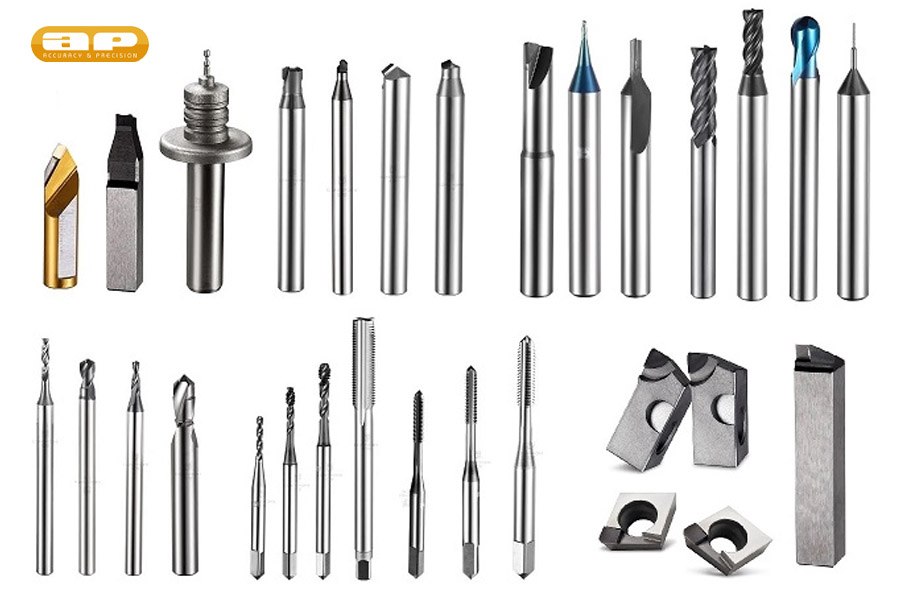 General requirements for metal cutting tools
General requirements for metal cutting tools
Tool materials The cutting tool must have a higher hardness than the work piece, and the tool must be able to withstand the heat generated during metal cutting.
There are many types of materials for cutting tools, but depending on the processing material and the processing mode, people choose the tool material to be reasonable and economical. To choose the types of mechanical cutting tools, people often consider the following requirements:
- Stiffness: is the ability not to deform when used to cut workpieces.
- Mechanical strength: The ability to not be destroyed when subjected to force during cutting.
- Thermal strength: The ability to retain hardness and mechanical strength at elevated temperatures.
- Wear resistance: Resistance to abrasion during cutting.
Material of metal cutting tools
Tool steel
is a commonly used material for metal cutting tools. Tool steel is a quality carbon steel material with high carbon content of two types, tool steel and alloy tool steel.
Wind
steel Wind steel used as a cutting tool has a very high carbon content (0.95%) with some other metals such as tungsten (18%) and chromium (4.6%). Wind steel has first-class hardness, wear resistance, along with high heat resistance (withstands cutting temperatures up to 550 – 600 °C). Cutting speed from 50 – 60 meters/min.
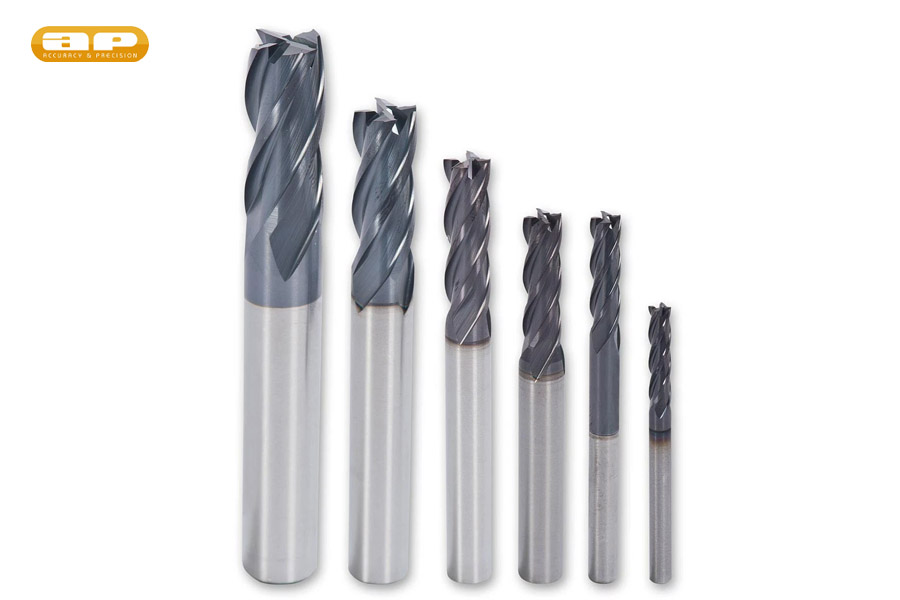 In modern mechanical processing, to process common materials, steel types are used. Wind P6M3 (6% tungsten, 3% molybdenum), P12 (12% tungsten), P6M5 (6% tungsten, 5% molybdenum) are preferred.
In modern mechanical processing, to process common materials, steel types are used. Wind P6M3 (6% tungsten, 3% molybdenum), P12 (12% tungsten), P6M5 (6% tungsten, 5% molybdenum) are preferred.
As for the high-speed steel grades P10K5M3, P9K5, P6M5K5, P12M2K8M3, P9M4K8, P18KM2,… are used to process stainless steel due to its high hardness, durability and ductility.
Hard Alloys
The chemical composition of hard alloys includes Carbon, Tungsten, Titanium, Tantan and Cobalt. Two commonly used alloys are:
- Metallic alloys of Tungsten – Cobalt include common types such as: BK2 (2% Cobalt and 98% Tungsten Carbide, BK3, BK3M, BK6, BK6M, BK8, BK8-OM, BK5H, BK10, BK15M, BK15-OM, BK10-OM,…This alloy is suitable for processing brittle materials such as brass, cast iron, tempered steel, plastic.The cutting speed can be up to 200 meters. / min
- Titanium – Tungsten – Cobalt alloy includes some common alloys such as: T5K10 (5% Titanium Carbide, 10% Cobalt, 85% Carbite ), T15K6, T14K8, T30K4,… This alloy is used Used in processing ductile materials such as copper and steel.The maximum cutting speed can be up to 350m/min.hard
Hard alloys will be made into pieces of standard sizes and shapes, then the alloy pieces will be grafted or plated onto the knife handle to increase cutting speed. At this time, the maximum cutting speed of the cutting tools can reach 800 meters/min.
Classification of metal cutting
Tools Milling
Cutters are tools used in the milling process. As a tool consisting of a combination of working cutting edges, the milling cutter is one of the types of mechanical cutting tools today, offering high performance, smooth machining surface, responsive the strictest standards in the precision machining industry.
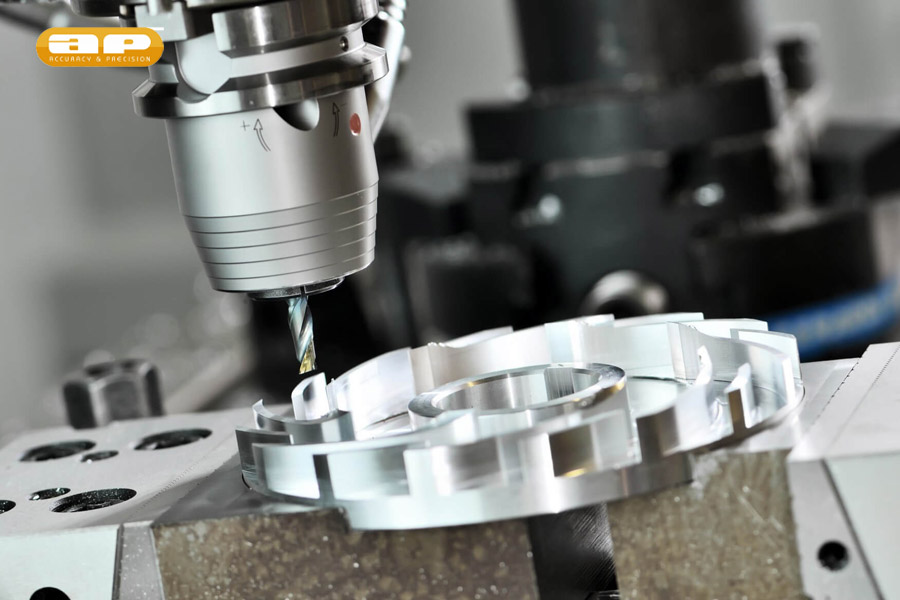 Milling cutters are made of high-speed steel alloy with special coatings to increase the durability of the milling cutter. They are vertically mounted and are designed for plane milling, slotting, edge milling,…
Milling cutters are made of high-speed steel alloy with special coatings to increase the durability of the milling cutter. They are vertically mounted and are designed for plane milling, slotting, edge milling,…
Main uses: To cut materials with different hardness such as alloy steel, copper, stainless steel, aluminum, .. There
are many different types of milling cutters such as: end mills, rough break mills, bridge mills, thin end mills, sharpening knives, spherical end mills, cylindrical milling cutters,…
Lathe
Tool A lathe is used for a lathe with basic parts such as the body, the tool head, and the cutting part.
The shape and position of the tool head relative to the body of a straight knife, a curved knife, and a cutting knife.
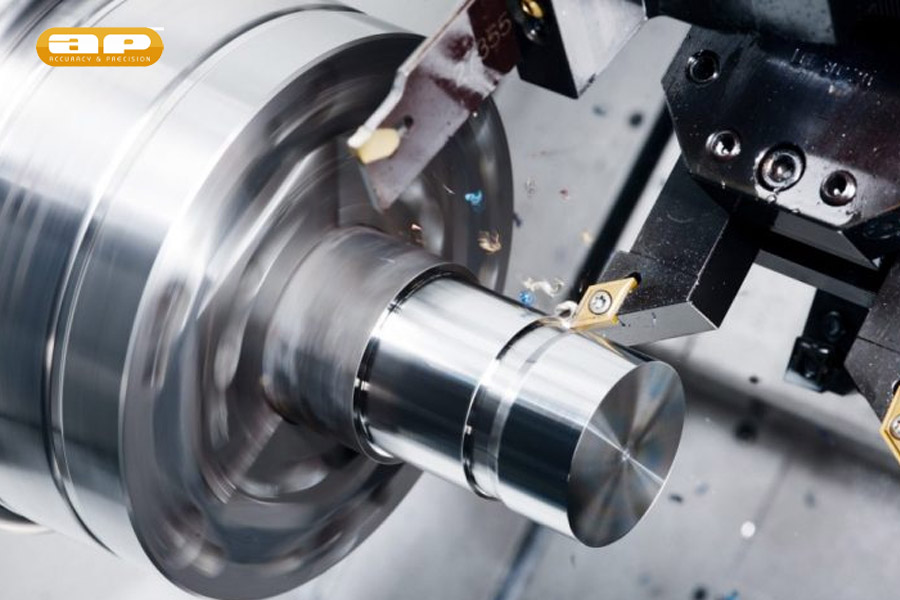 Uses: There are straight breakers, curved cutters, clippers end face, cutting knife, grooving knife, threading knife, terrain knife, hole turning knife. In addition, knives are also divided into 2 types: rough turning knives and fine turning knives.
Uses: There are straight breakers, curved cutters, clippers end face, cutting knife, grooving knife, threading knife, terrain knife, hole turning knife. In addition, knives are also divided into 2 types: rough turning knives and fine turning knives.
Drill
Bit is a type of precision mechanical cutting knife, used to create holes, drill holes, on stainless steel, steel, cast iron materials, …
This is the most commonly used tool in the household. CNC machining and machining on hand tools for the purpose of producing many different products based on the selection of drill bits are also different.
 Tapping
Tapping
Tip The tap is also known as the tap blade or tapable knife. used for external or internal threading, which is the most common threading method in all areas of industry.
 Taps are classified based on the following forms:
Taps are classified based on the following forms:
- Cutting taps push the workpiece out. out of the hole, taps cut to create internal threads: cut the material and create chips as usual
- Compression taps: do not cut out the material, but use pressure to deform the material to create threads and not chip
- Machine taps: flatmachine can be CNC milling machine, CNC lathe, tap drilling machine, milling machine, specialized tapping machine,…
- Hand tap: the tap is used for manual tapping in combination with the hand tap.
The reamer
The reamer precision joint holes with high surface finish, performed on machines such as drills, boring machines, milling machines or done by hand.
The reamer is composed of 4 parts: bevel, guide, neck and shank. They are made of high-speed steel, with cutting edges and all hard alloys.
Common construction and types of reamers.
Threaded table, tap
crank The tap crank is a kind of tool for cutting and adjusting Hand thread is quite convenient, widely used in the fields of repair, assembly and maintenance. Correct use of the tap-handle improves work efficiency.
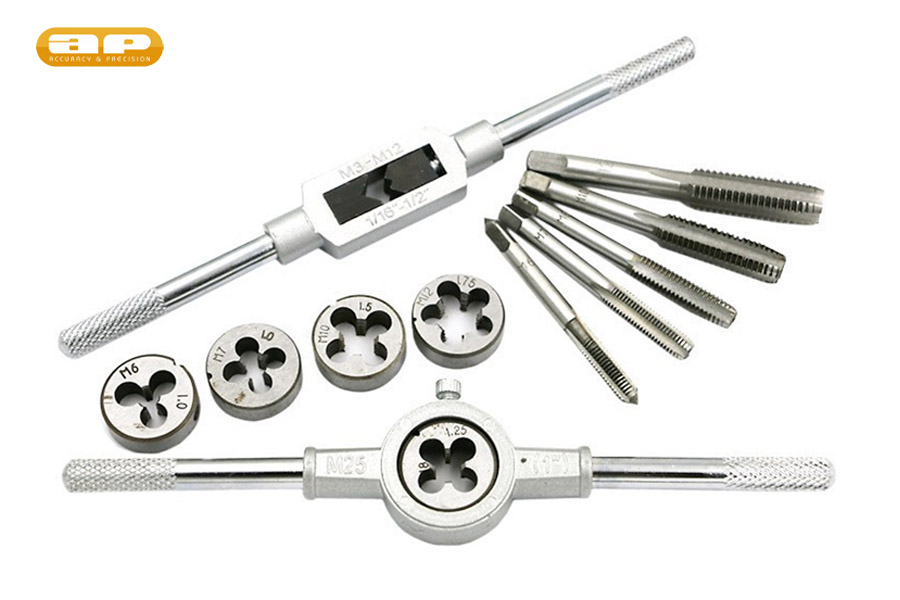 Other
Other
materials Super hard material (CTM)
A polycrystalline material Can be made from Bo Nitrite. It has higher thermal stability than hard alloys and ceramic mineral alloys. Commonly used for plating hard alloy knife pieces or for making abrasive tools for sharpening cutters. Super hard material (CTM) is suitable for processing steel, cast iron, alloy that is difficult to work.
Ceramic mineral alloy (Ceramic alloy)
This alloy is made from aluminum oxide (Al2O3) – Corundum by crushing, pressing and sintering. Mainly used for making hard alloy-like cutting pieces. Ceramic mineral alloys have the advantages of higher thermal strength and wear resistance than hard alloys, but have higher brittleness and lower mechanical strength than hard alloys.
Synthetic diamonds Artificial
diamonds can be made in powder or crystal form, they have the same physical properties as pure diamonds in nature. There are two main methods of creating artificial diamonds: the HPHT high-temperature high-pressure method (using extremely high temperature and pressure to recreate an environment similar to the diamond-forming environment in the ground), and the evaporation method. CVD chemical deposition (using chemical evaporation of carbon gas compounds under the action of plasma heat rays to create gas molecule division until only carbon deposit and grow on metal nuclei) diamond available).
Applied more and more in cutting tools, such as diamond sharpening tip, diamond cutting stone, diamond cutter, diamond cutting knife piece, etc., artificial diamond has the advantage of angle nice cutting, improved surface finish, as well as a relatively reasonable price.
During the machining process, the cutting will often create friction and impact between the tool and the workpiece, causing the tool to wear out over time. Therefore, at a certain stage, the cutting tools will no longer retain their sharpness, affecting the accuracy and quality in machining.
To handle this problem, you can choose to re-sharpen the knife with specialized grinders or better yet, choose to buy new the types of mechanical cutting tools to ensure quality and machining performance. .
Notes when choosing to buy the types of mechanical cutting tools
To own quality the types of mechanical cutting tools to ensure processing requirements, you need to note a few things
- The types of mechanical cutting tools from major manufacturers, branded in the market.
- Select the parameter of the tool in accordance with the machining mode such as spindle rotation speed, feedrate, cutting speed, etc., suitable workpiece material.
- See the compatibility the types of mechanical cutting tools with the type of machine you are using.
- Consult experts who have a lot of experience in the profession.
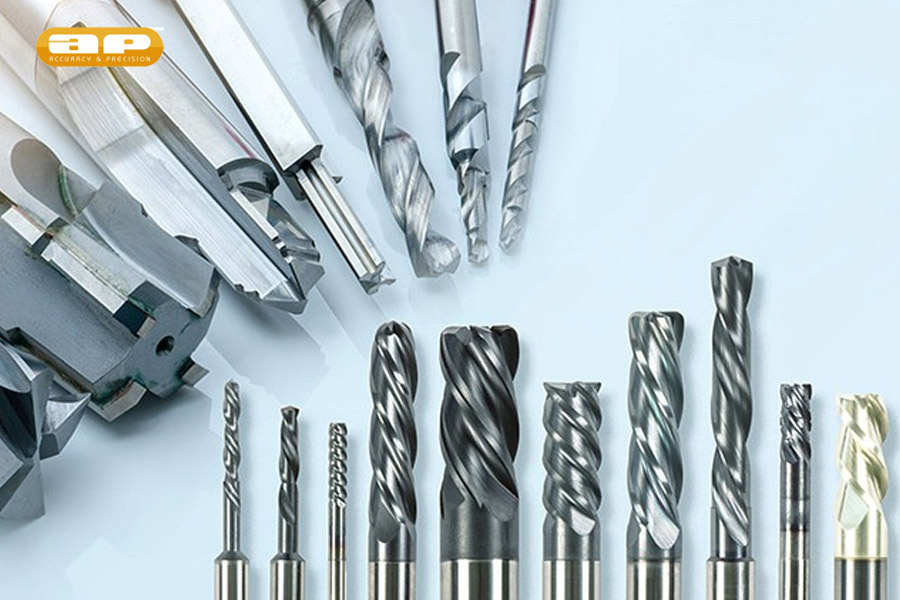 Apro – The address for providing mechanical cutting toolshigh
Apro – The address for providing mechanical cutting toolshigh
Apro offers quality the types of mechanical cutting tools today, including turning tools, milling cutters, grooving knives, drill bits and other tools other the types of mechanical cutting tools.
Apro unit is a big name in the world for the types of mechanical cutting tools for the precision mechanical industry, bringing desirable products and meeting machining requirements from customers.
Above is some information about the types of mechanical cutting tools today. If you need to find a unit that sells reputable and quality cutting tools, please contact Hotline: +84 774 168 999 for dedicated advice on translation.



